Are Gacha Games Innocent Entertainment or a Modern Gamble?
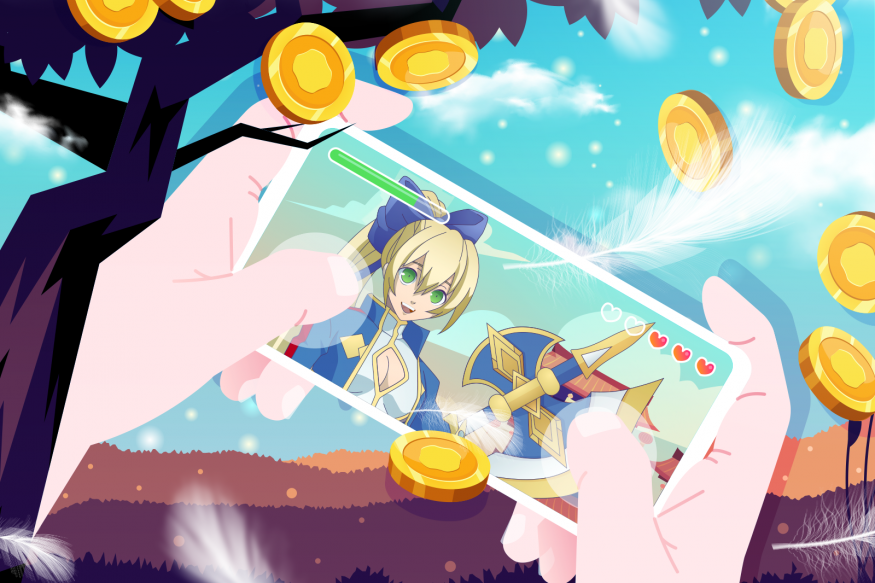
Understanding Gacha Games: The Allure of Random Rewards
Gacha games have swept through the mobile and online gaming worlds, captivating players with their promise of random virtual treasures and collectible characters. The core mechanic draws inspiration from Japan's beloved Gachapon capsule machines, where buyers exchange a small sum for a mystery toy. True to their namesake, Gacha games entice players to spend in-game or real-world currency for a shot at rare items-but the outcome is always uncertain.
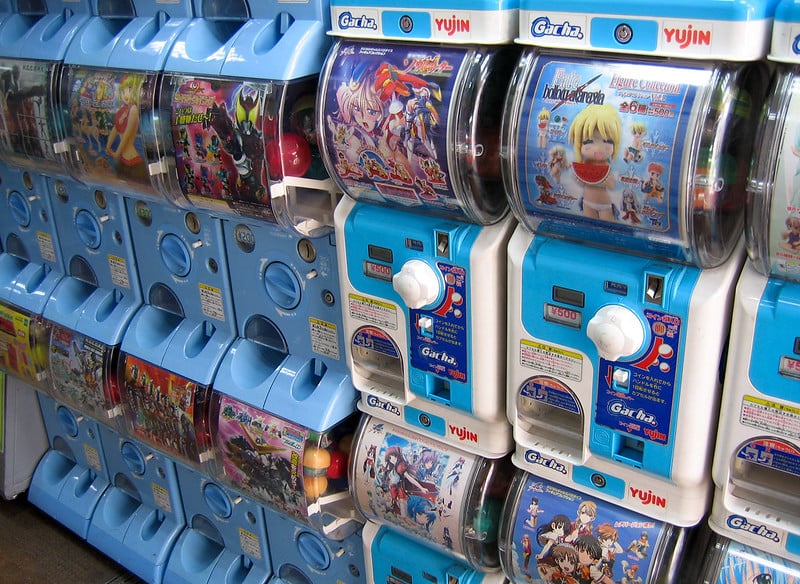
Image: jpellgen/Flickr, CC BY-NC-ND 2.0
When users make a purchase in these games, they’re just as likely to acquire a coveted hero or weapon as they are to receive an unwanted duplicate. While most Gacha offerings are free-to-play, the lure of rare items or enhanced skills keeps many players coming back for more, often spending far more than a game’s traditional retail price in pursuit of virtual rewards.
The Evolution of the Gacha Mechanic
The roots of Gacha gaming can be traced back to 2004, when the MMORPG MapleStory introduced its first Gachapon tickets, exchanging real currency for a crack at exclusive customization items. These digital lotteries mirrored the unpredictability and excitement of physical Gachapon machines.
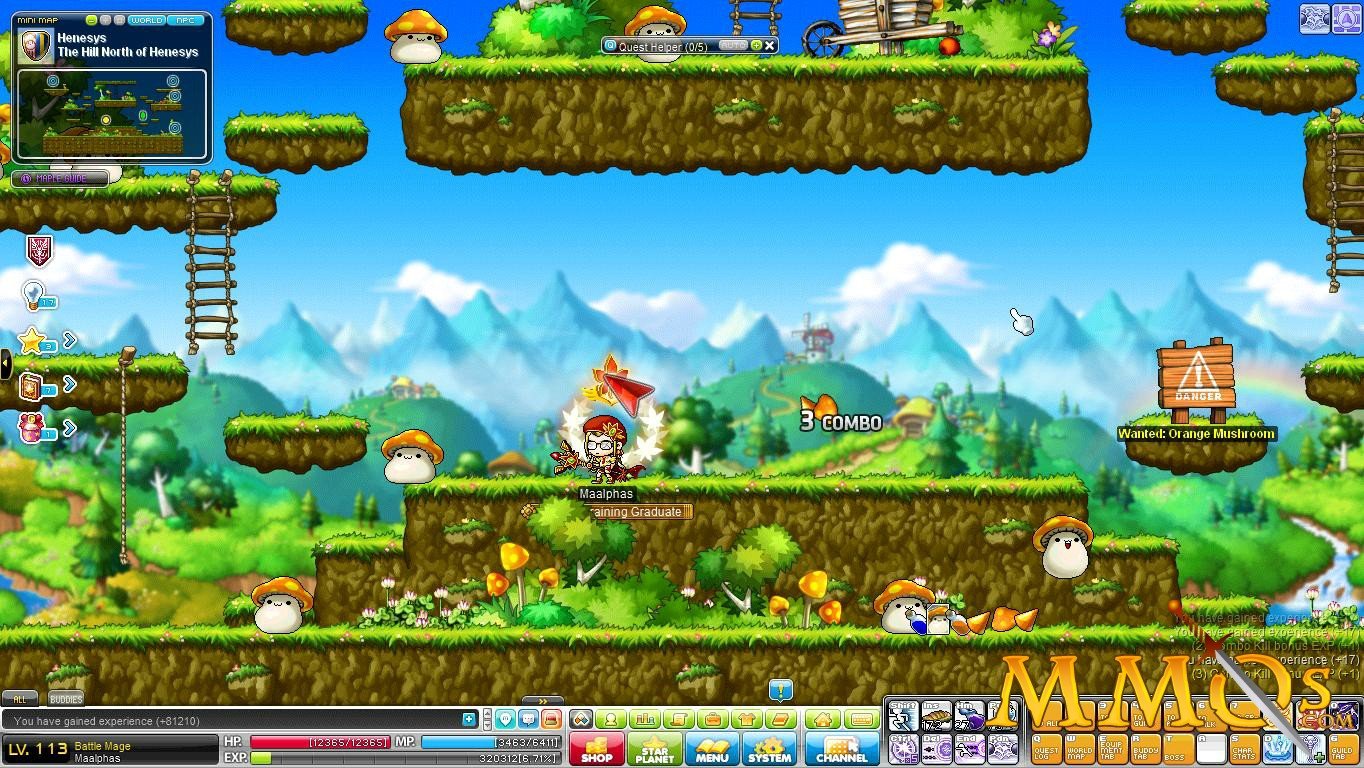
MapleStory [Image: mmos.com]
By 2007, the Chinese MMO Zhengtu advanced the formula, fully relying on Gacha to drive its free-to-play revenue. Despite facing criticism for aggressive monetization, Zhengtu set a new financial standard by earning $15 million per month within just a year. This success story propelled Gacha systems to new heights, particularly in Japan during the early 2010s, cementing them as a familiar feature in the burgeoning mobile game industry.
How Gacha Spread Across the West
Although Gacha’s origins are deeply rooted in Asian gaming culture, the practice has rapidly become a global mainstay. Western players now encounter Gacha-style systems in everything from popular console franchises to social gaming apps. Major studios such as EA, Ubisoft, and Activision have woven similar mechanics into flagship titles.
For example, FIFA Ultimate Team (FUT) lets users buy mystery packs that randomly contain star players, collectibles, or power-ups. This model is immensely profitable, with digital sales-including these packs-generating over $1 billion annually for EA.
Similarly, Gwent, a card game from CD Projekt Red spun off from The Witcher universe, enables players to spend real money on kegs containing random assortments of cards with varying rarities. The game also allows players to purchase “meteorite powder,” enhancing or unlocking exclusive cards.
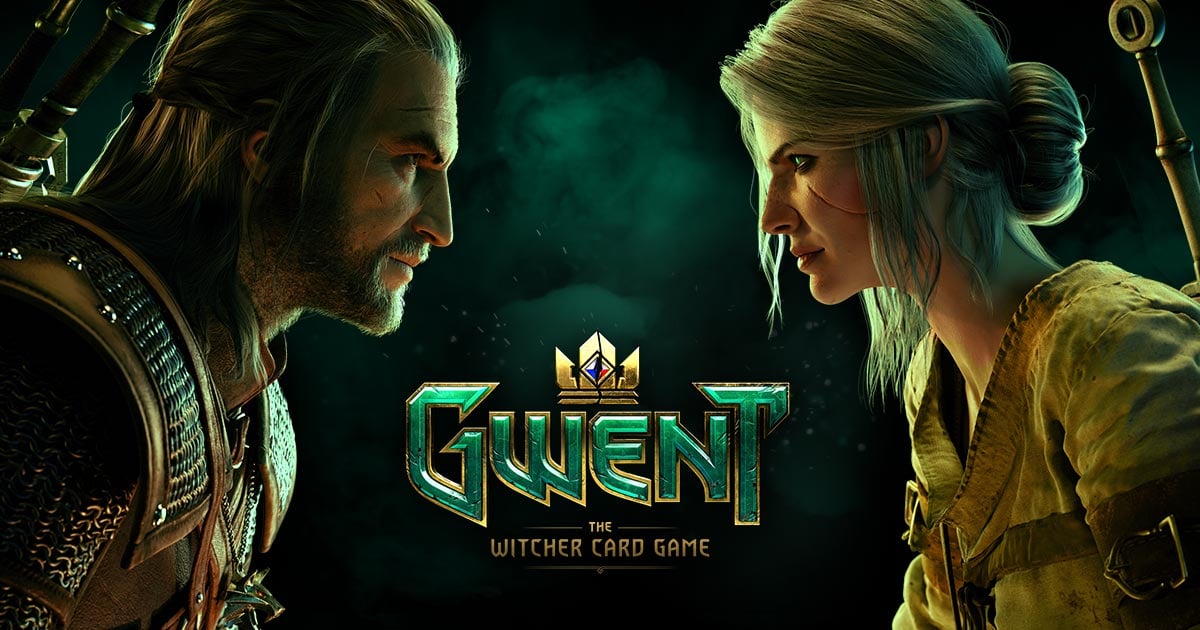
Image: playgwent.com
Gacha’s infiltration into Western gaming, facilitated by microtransactions and virtual currencies, now extends far beyond its original market.
Is There a Fine Line Between Gacha and Gambling?
The rise of Gacha gaming has sparked heated debate: Is spending real money for random digital rewards a harmless pastime, or does it blur the boundary with gambling?
On one hand, the process mimics many of gambling’s psychological triggers-players risk money for an unknown reward, and the exuberant sound and light effects associated with reward reveals heighten the experience. Exchanges often use proprietary currencies, making spending feel abstract and reducing the perception of real-world financial impact. A 2021 study highlighted that 88% of the top RPG apps used some form of social or artificial currency to encourage continued play.
Arguments Suggesting Gacha Behaves Like Gambling
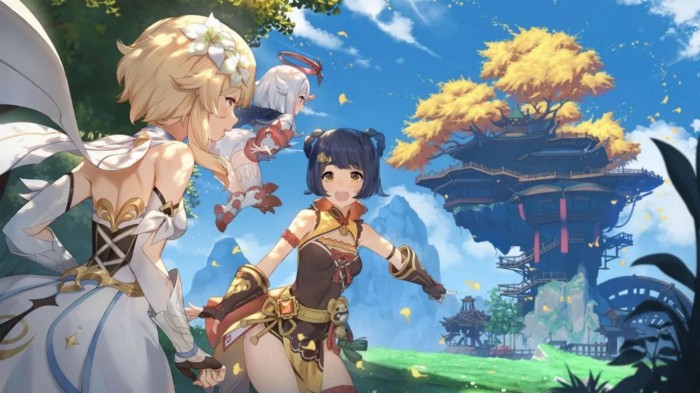
Image: Genshin Impact
Critics argue that Gacha relies on manipulative tactics:
- It encourages the repeated purchase of virtual currency, which masks the true cost to the player.
- The thrill of opening “loot boxes” or “rolling” for rewards closely simulates slot machine behavior.
- Social currencies create a buffer, disguising real spending and making it harder for players to keep track of their financial outlay.
These mechanics can perpetuate compulsive behaviors, particularly among vulnerable or impressionable users.
Arguments Against Considering Gacha as Gambling
Supporters and several regulators maintain that Gacha is not strictly gambling because:
- Every spin yields a reward, so players don’t face a “total loss.”
- In-game currencies bought with real money can often be spent on known, non-randomized items.
- Legal definitions of gambling typically require that the prize be redeemable for real-world value, which is not the case with most Gacha rewards.
Additionally, many players view their spending as a way to support their favorite developers, especially since most Gacha games are free to download.
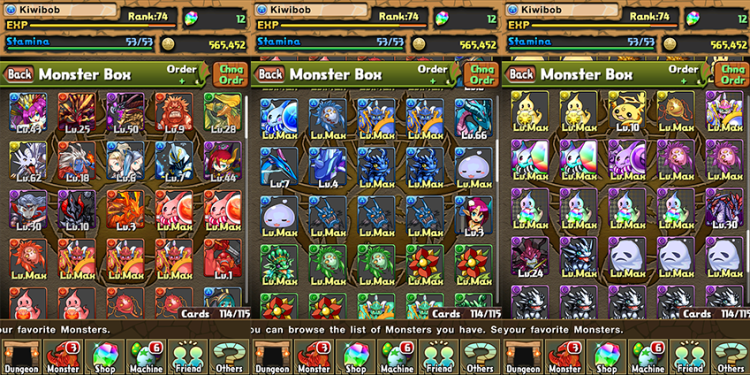
Image: Puzzles & Dragons, GungHo
The Ongoing Debate: Where Do Gacha Games Stand?
While there are compelling arguments on both sides, it’s clear that Gacha games employ sophisticated psychological tools-often with expert consultation-to maximize player spending. Features like social currencies and vivid reward reveals are specifically designed to enhance excitement and minimize spending awareness.
The industry’s defense often rests on legal technicalities or the assertion that purchases are "optional," sidestepping the deeper questions about potential harm and the true addictive nature of these mechanics.
Gacha Games by the Numbers: A Billion-Dollar Sector
The commercial footprint of Gacha gaming is staggering. In 2012, Puzzles & Dragons became the first mobile Gacha game to surpass $1 billion in revenue, foreshadowing the rise of a lucrative business model.
One of the clearest stories of Gacha-fueled success is miHoYo’s Genshin Impact. Released in 2020, this open-world RPG enthralled massive audiences with “wishes” (random reward draws) that could be accessed only by spending in-game currency-which players could purchase with real money.
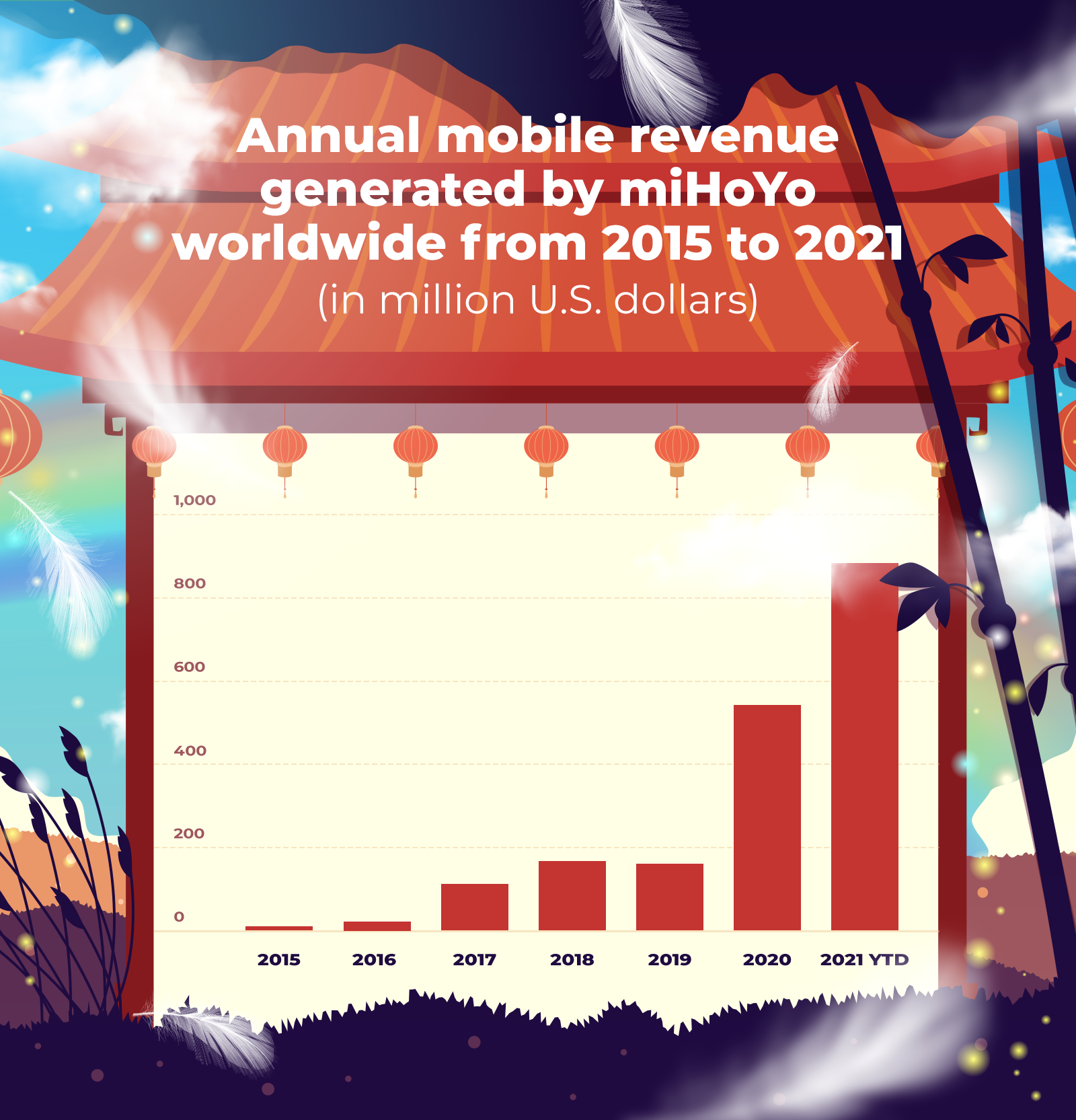
The launch of Genshin Impact saw miHoYo’s revenue rocket by $500 million in a single year. This explosive trend continued into 2021, buoyed by expansions like Genshin Impact 2.1, which introduced new characters and time-limited items to further drive spending.
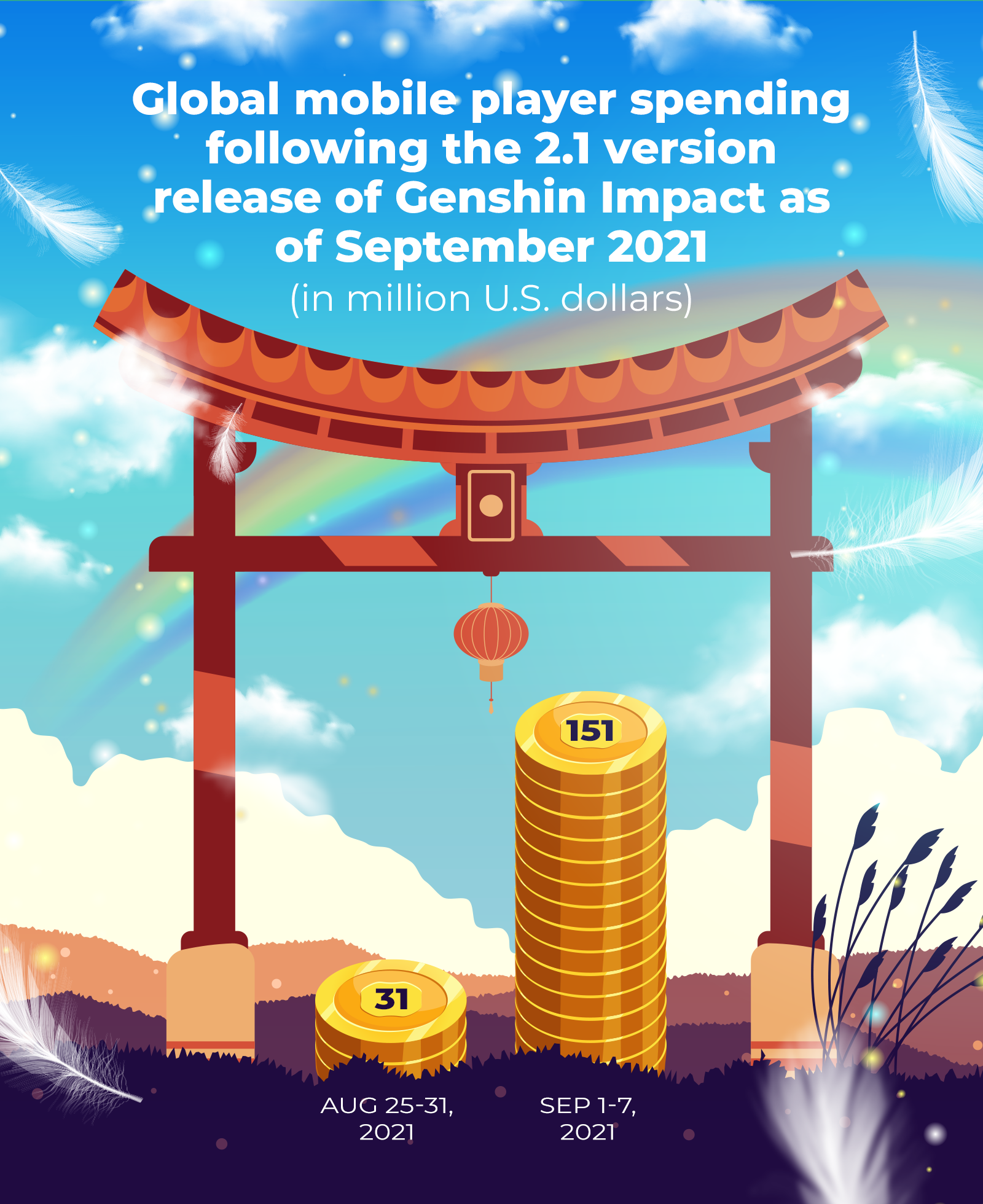
Immediately after the release of Genshin Impact 2.1, weekly in-app purchases surged by an incredible 387%, amounting to $151 million in just a week. Genshin Impact has since cemented its place as one of the world’s most profitable mobile games.
Are Gacha Games Harming Younger Players?
While many Gacha games are rated suitable for teens, their resemblance to gambling has sparked legitimate concerns. In Genshin Impact, for example, teens as young as 13 can freely spend on random digital rolls.
A study by the UK Royal Society for Public Health found that over 10% of minors went into debt over loot boxes. Additionally, research in Australia indicated that 93% of gamers aged 12-24 played games with loot boxes within a year, with those aged 12-17 averaging $50 per year on in-game purchases.
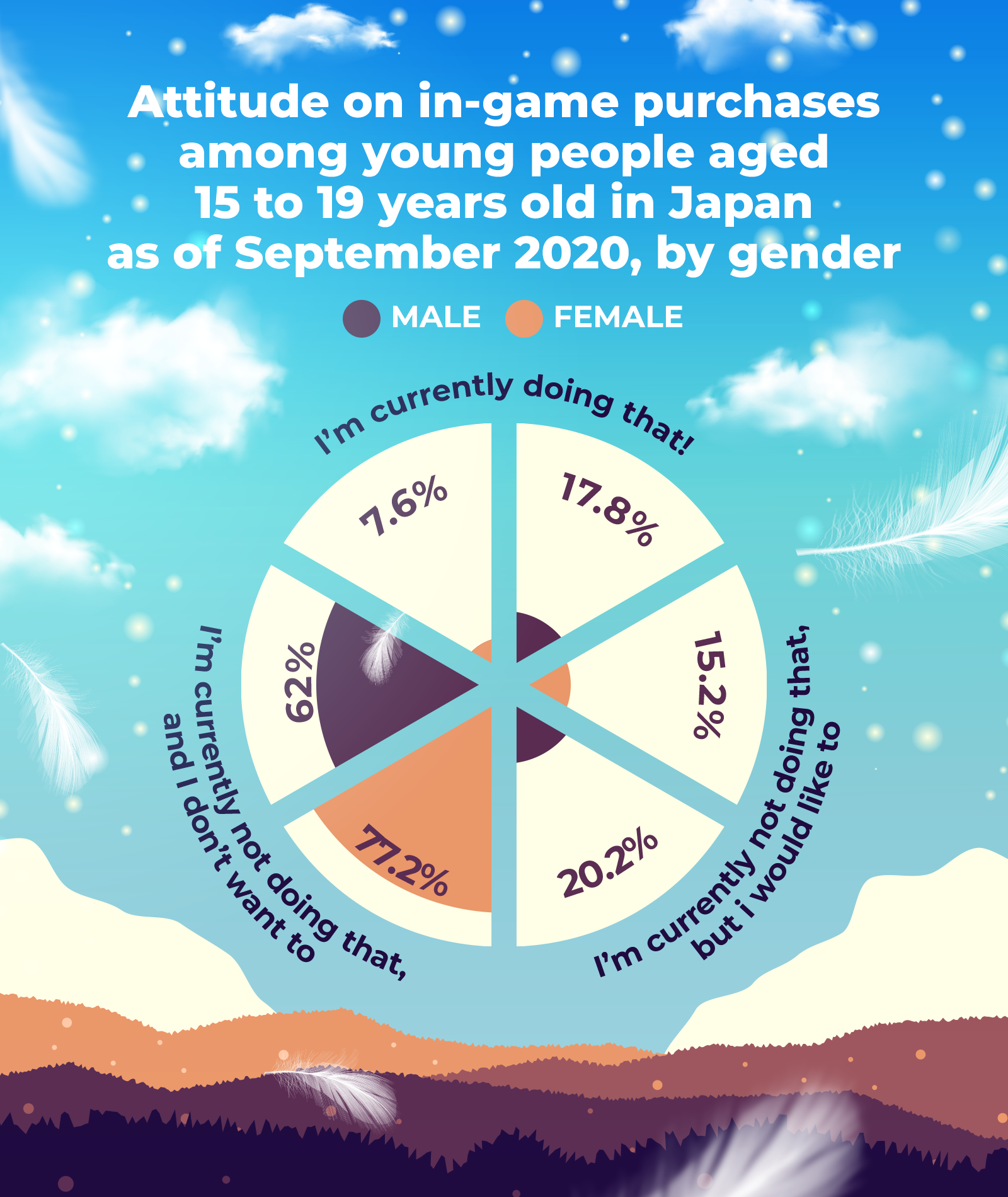
In Japan, a 2020 survey revealed that almost 18% of males aged 15-19 made in-app purchases, and another 20% expressed a desire to do so. Female participation, although lower, displayed similar trends. Such statistics underscore the need for vigilant protection, especially as access to microtransactions among minors grows.
The Road Ahead: Will Gacha Gaming Face Stricter Regulation?
Given the extraordinary popularity of Gacha games and the substantial income they drive for developers, there is little sign the trend will fade. However, concerns about addiction and the crossover with gambling behaviors have prompted calls for regulatory review.
Some steps are already underway. The PEGI video game rating system, for instance, has started labeling games with in-app purchases to warn consumers. Still, the pressing issue remains: more rigorous scrutiny and proactive policies are essential, both to protect underage players and to minimize the risk for individuals susceptible to problem behaviors.
As Gacha gaming continues to spark debate, the industry and regulators alike must confront whether fun-filled randomness is harmless-or a modern avenue to more troubling habits.













